Mathematics
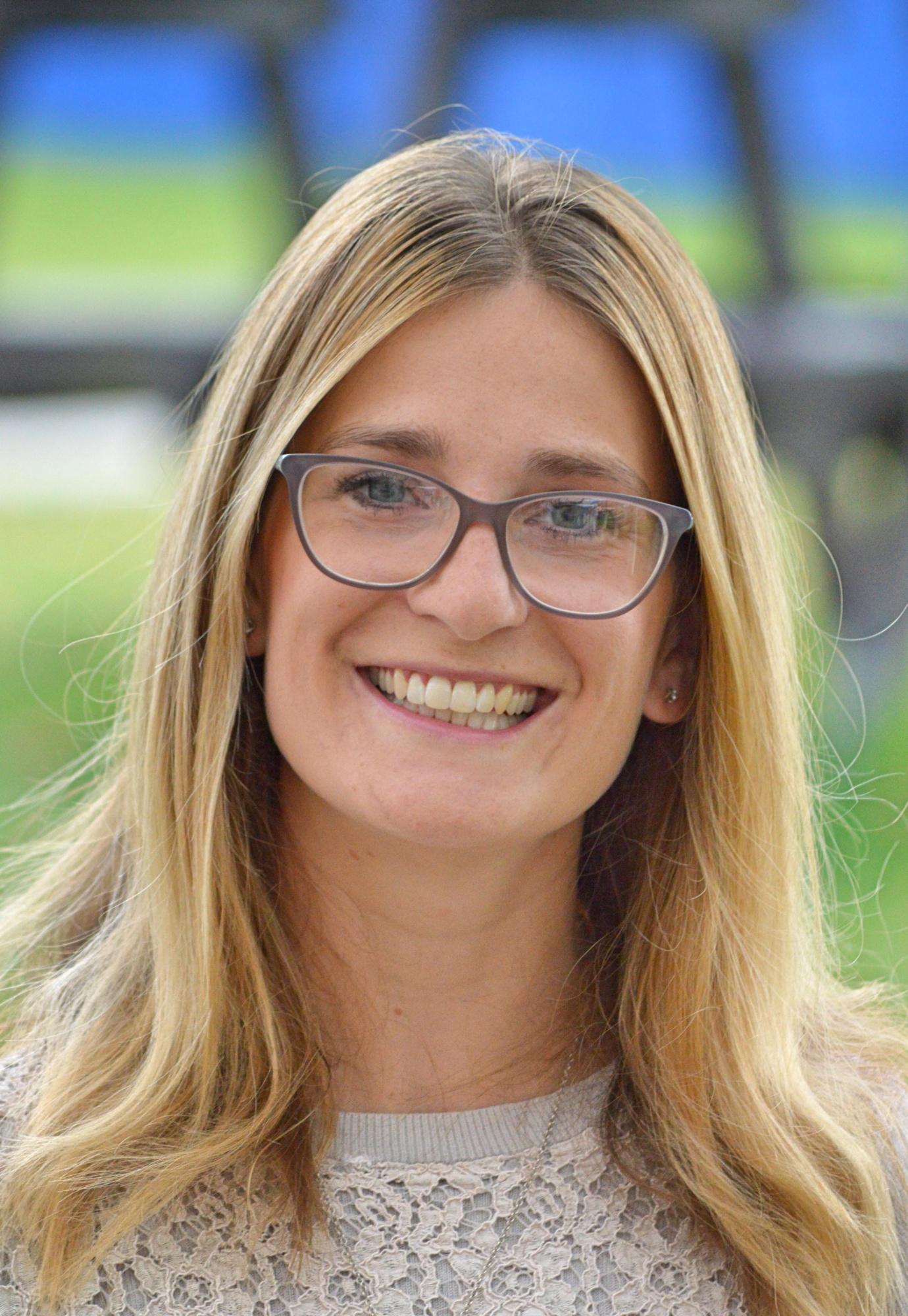
Mathematics at Katherine Semar Schools
Miss Munro and Mrs Farrant are our Maths leads.

At Katherine Semar Schools, we believe that every child can do Mathematics. A high-quality mathematics education provides a foundation for understanding the world and the ability to reason mathematically; it is essential to everyday life. These skills will engender a sense of enjoyment and curiosity about the world in which we live. “Maths is the truly global language. With it, we convey ideas to each other that words can’t handle – and bypass our spoken Tower of Babel” (Professor Alison Wolf).
Our Mathematics curriculum is taught through the Mastery approach which enables all children to explore and deepen their understanding using fluency, variation, representation and structure, and mathematical thinking which is underpinned by coherence. Our children are encouraged to reason, and problem solve in every lesson. We highlight the importance of mathematics in everyday life, surrounding us in all that we do. The children are engaged and interested by mathematics in real-life contexts, making links across the curriculum, providing them with skills to prepare them for life as they grow.
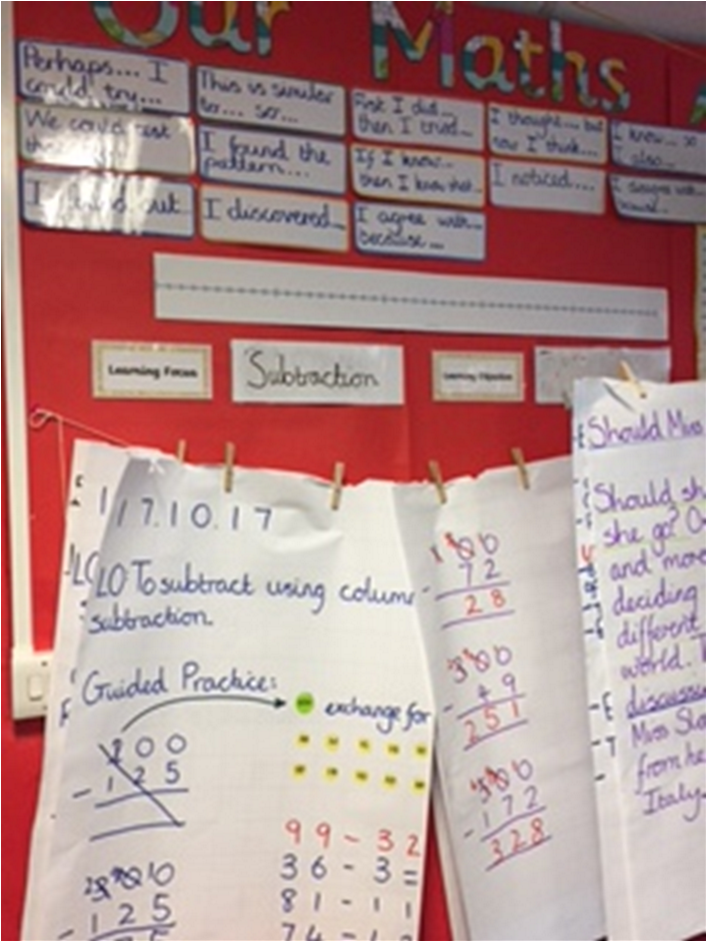
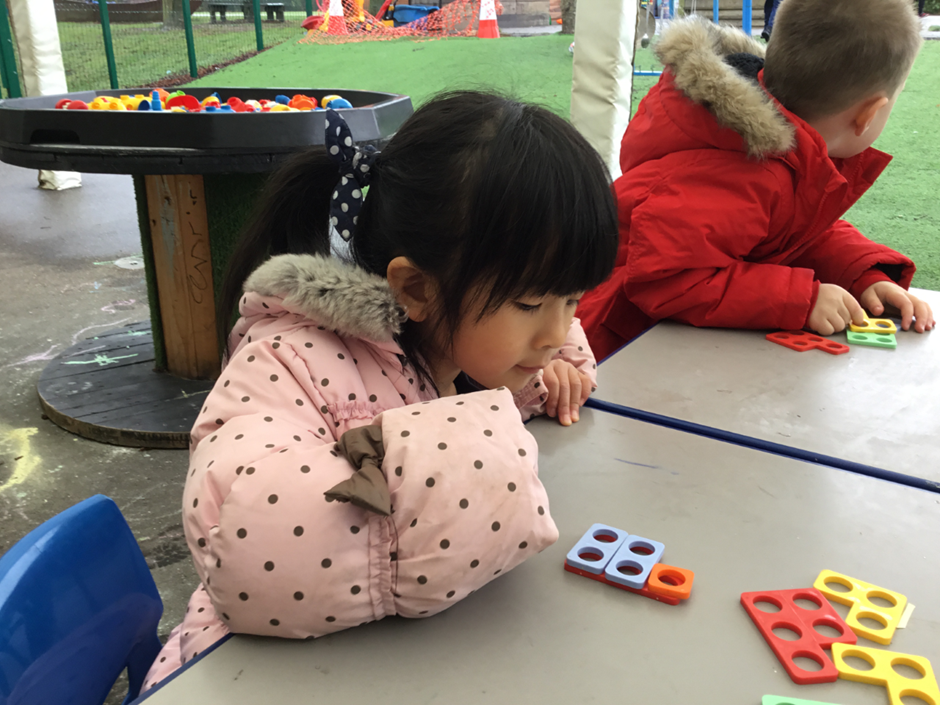
Katherine Semar Maths Curriculum
Throughout Katherine Semar’s mathematics curriculum, you should expect to see:
• Whole class together – Our mathematics is taught within mixed ability groups. Occasionally, support and extension groups will work within small groups outside of the classroom with a trained LSA.
• Longer but deeper – in order to address the aims of the national curriculum, our long/medium term plans have been adjusted to allow longer on topics. Each lesson focus is on one key conceptual idea and connections are made across mathematical topics.
• Key learning points are identified during planning (collaboratively in year groups) and a clear journey through the maths should be shown within planning and on IWB slides (also reflected on learning walls). Greater depth activities will be planned carefully to ensure rapid graspers learning is stretched and challenged without crossing into future year’s curriculum content.
• Questions will probe pupil understanding throughout and responses are expected in full sentences using precise mathematical vocabulary (usually displayed on learning walls). Stem sentences may be used to scaffold children’s reasoning, vocabulary and understanding.
• ‘Misconceptions’ are identified during the planning process and children will be supported through these (also usually displayed on learning walls). We celebrate mistakes to ensure children understand that this is the way we learn. Mistakes are celebrated, addressed and overcome together.
• Fluency – We recognise that ‘fluency’ is not just about remembering facts. A 10-minute-maths (10MM) activity is planned in addition to the mathematics lesson (this links to our fluency policy, however some children require tailored activities to meet their needs).
• Exploration - instead of ‘Let me teach you…’ as a starting point, children are encouraged to explore a problem themselves to see what they already know. Lesson objectives are not always shared with the children at the beginning of the lesson because sometimes we want the children to reason for themselves.
• Develop reasoning and deepen understanding (contexts and representations of mathematics) – problems are usually set in real-life contexts - carefully chosen representations (manipulatives and images) are used by all to explore
concepts. Reasoning statements may also be displayed in the classroom to support children answer and writing in full mathematical sentences.
• Structuring - the teacher will organise the findings of the exploration, compare/contrast strategies and guide toward the most efficient strategy (or the one being learnt that day).
• Step by step approach – journey through the mathematics (these steps may appear small, especially at the beginning of a lesson, there are points when suddenly a jump appears to have been made, or an extra challenge appears – this is normal). The smart notebook/PowerPoints/planning clearly show this step-by-step approach. In some year groups, the use of the NCETM Spine Materials will be evident, providing clear guidance for making small steps to ensure there are no gaps in the children’s learning.
• Discussion and feedback – pupils have opportunities to talk to their partners and explain/clarify their thinking throughout the lesson but may expected to complete some written work independently.
• Reflecting - this may be linked to use of the textbook – images on the IWB may be from the textbooks or other sources.
• Practising - not drill and practice but practice characterised by variation –
• Marking and Feedback – we have a whole school marking policy which is followed within every classroom. Marking should reflect feedback and pupils will have opportunities to respond to this.
• SEN pupils – may be supported by additional adults, different resources, differentiated activities. They may also complete additional activities outside of the mathematics lesson. Additionally, challenging activities may also be planned for children who are exceeding the curriculum expectations.
NB: We do not label our children, we purely work on the basis that they are emerging, working at or exceeding the year group expectations. We have high expectations of all children and strongly believe that all children are equally able in mathematics. Some may take longer to grasp concepts and may need careful scaffolding or extra time/support (guided groups, same day catch-up, additional homework, pre-teaching, intervention group, morning/after school clubs, specific parent support).
• Contextualised led learning - by putting learning into a relevant context pupils will gain a deeper understanding; this should support throughout the learning journey rather than only at the end
• Talk in maths - by orally clarifying their thinking, pupils consolidate their understanding. Maths talk is supported through a shared framework ofsentence prompts and high expectations and modelled explanations. Listening to pupils’ discussion and explanations provides an invaluable assessment opportunity. STEM sentences will be carefully planned and used within lessons to encourage children’s oracy, answering in full sentences.
• Use of resources, models and images - all pupils benefit from the appropriate use of resources to support their understanding of mathematical concepts. Teachers ensure that pupils can move from tangible experiences before moving to the abstract. This applies to pupils of all ages and attainment.
• Challenge for all - all pupils should experience maths learning which challenges and stretches them. Pupils should be encouraged to develop their resilience and teachers should plan activities where outcomes are not limited. All pupils in a class should experience a similar amount of success.
• Depth before breadth - the National Curriculum is a mastery curriculum whereby the expectation is that the majority of a class will have learnt and understood the objectives by the end of the year. Extension is through enrichment, reasoning and depth of understanding. There is not an expectation to move to the subsequent year’s teaching programme.
• Assessment for learning - this is an integral part of all lessons. Teachers are expected to respond to pupils within a lesson and adjust planning and teaching to meet pupils’ needs.
• Meaningful maths links - teachers plan for a learning journey, linking lessons together so there is progress over time. Opportunities to see maths in action should be exploited in other curriculum areas whenever possible.
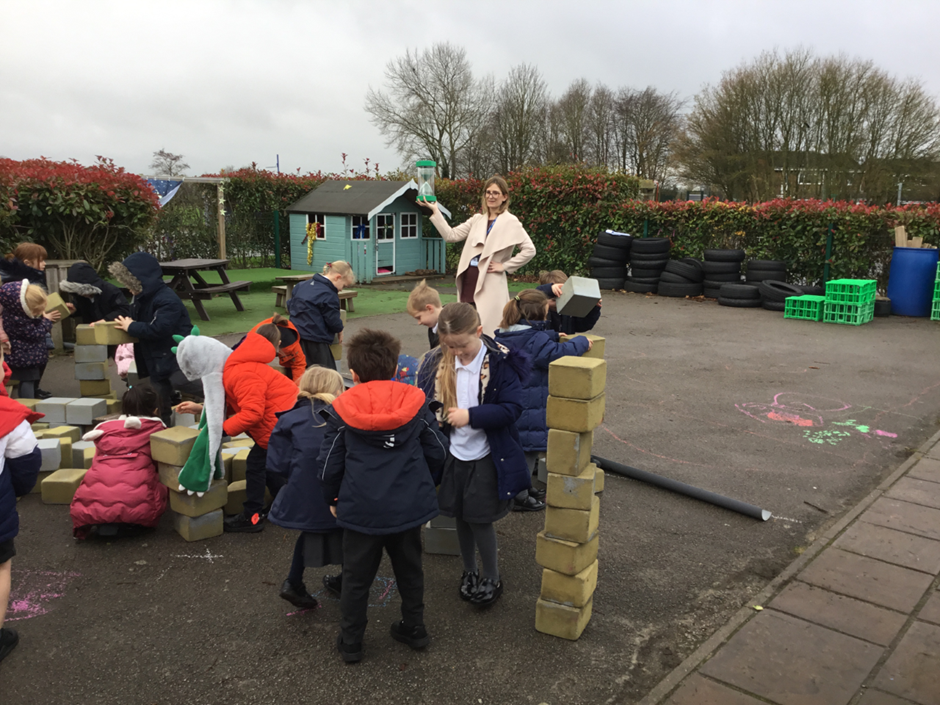
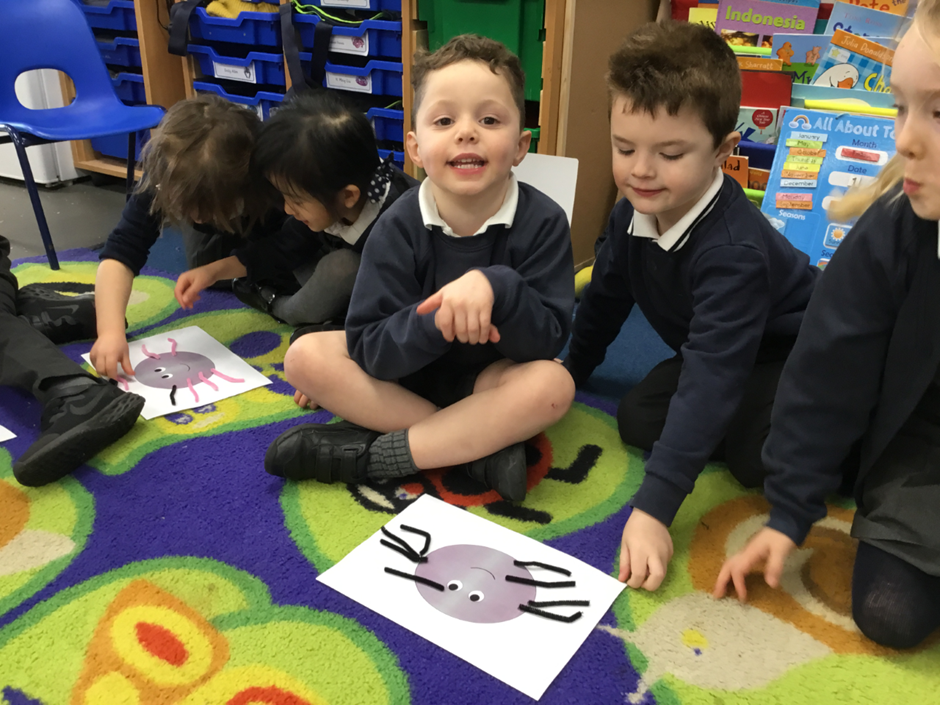
Mathematics Mastery
Maths mastery is a teaching and learning approach that aims for pupils to develop deep understanding of maths rather than being able to memorise key procedures or resort to rote learning.
The end goal and expectation is for all pupils (with very limited exceptions) to have acquired the fundamental facts and concepts of maths for their year or key stage such that by the end of it they have achieved mastery in the maths they have been taught. At this point they are ready to move confidently on to their next stage of maths.
Mastery of a mathematical concept means a child can use their knowledge of the concept to solve unfamiliar word problems, and undertake complex reasoning, using the appropriate mathematical vocabulary.
Maths mastery is a not a quick fix to maths learning but a journey that the teacher and pupils go on together, with regular diagnostic assessment to check the pupils understanding and direct instruction that teaches to any gaps.
The five big ideas that thread seamlessly through our mathematics curriculum are:
- Coherence
- Representation and Structure
- Mathematical Thinking
- Fluency
- Variation
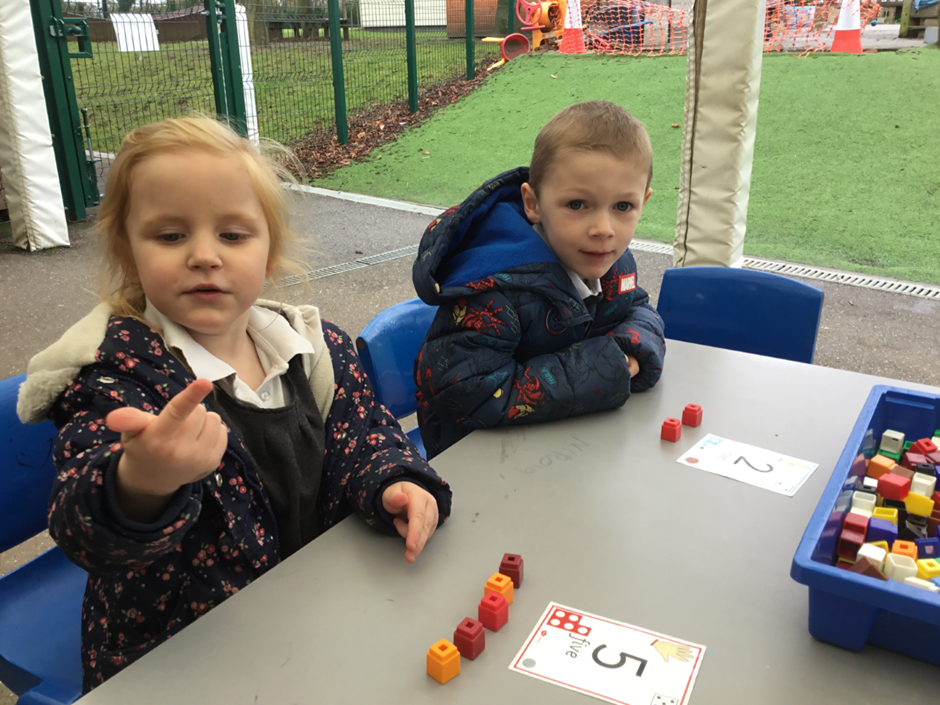
Intent
The intent of our mathematics curriculum is to design a curriculum, which is accessible to all and will maximise the development of every child’s ability and academic achievement. We deliver lessons that are creative and engaging. We want children to make rich connections across mathematical ideas to develop fluency, mathematical reasoning and competence in solving increasingly sophisticated problems. Children demonstrate mastery when they can represent concepts or skills in multiple ways, use the correct mathematical language and can independently apply the concept to new problems in unfamiliar situations.
We intend for our pupils to be able to apply their mathematical knowledge across the curriculum and beyond the classroom. We want our children to realise that mathematics has been developed over centuries, providing the solution to some of history’s most intriguing problems. We want them to know that is essential to everyday life, critical to science, technology, engineering, and necessary for financial literacy and most forms of employment.
At Katherine Semar we strive to equip all pupils with the skills and confidence to solve a range of problems through fluency with numbers and mathematical reasoning. As our pupils progress, we want them to have an appreciation of the beauty and power of mathematics; and to have a sense of enjoyment and curiosity about the subject. Children are encouraged to see the mathematics that surrounds them every day and enjoy developing vital life skills in this subject.
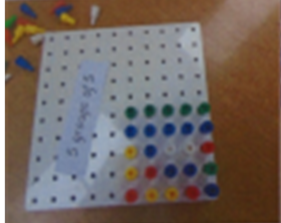
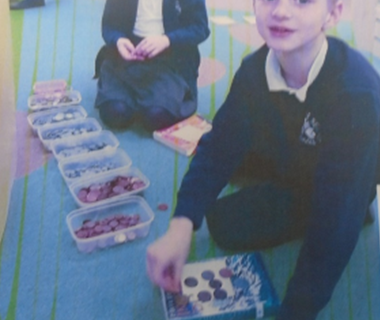
Implement
We provide opportunities to support pupils to develop a “deep, long-term, secure and adaptable” understanding of the mathematics, mastering one topic securely enough to move on and build on it with another more advanced topic. The children at Katherine Semar work together - the mastery approach involves a whole-class curriculum, without setting by ability. In fact, the focus is to ensure that all pupils can master concepts before moving on, with a “no pupil left behind” philosophy. For pupils who do need further support, they will be provided with additional support, interventions to plug gaps, discussions with parents to ensure continuity at school and home, specialised activities where appropriate.
Following the three main aims of the mathematics National Curriculum, at Katherine Semar:
We will become fluent in the fundamentals of mathematics by -
- Daily teaching of Mathematical concepts, with a minimum of 5 hours study a week.
- Using the calculation and fluency policies to teach an increasingly complex set of skills within a progression of skills.
- Have routines for learning times tables, with regular monitoring of progression.
- Provide opportunities to regularly practice arithmetic and fluency appropriate for each pupil.
- Moving fluently between representations of mathematical ideas. (The programmes of study are, by necessity, organised into apparently distinct domains, but pupils make rich connections across mathematical ideas to develop fluency, mathematical reasoning and competence in solving increasingly sophisticated problems. They should also apply their mathematical knowledge to science and other subjects).
- Following the CPA approach (Concrete, Pictorial, Abstract).
- Using Singapore models such as the part, part, whole diagram and bar modelling.
- Real-life ‘hooks’ allowing children to apply their mathematics to real-life contexts and problem solving.
- Identifying, understanding and applying a number of strategies to solve a problem; there is more than one way.
- Allow pupils to identify and select their own chosen methods and equipment which support their learning the best.
- Promote a growth mind-set approach towards their learning – developing a love for mathematics.
- Going deeper and broadening children’s learning (instead of moving to next year’s curriculum content but digging deeper with a range of activities).
- Use reasoning statements to encourage children to explain their thoughts, processes and understanding.
- Encourage pupils to talk in mixed-ability partners and groups to discuss their mathematical thinking/reasoning.
- Plan conceptual and procedural variation, including non-concepts.
- Allow pupils opportunities to learn from each other and support one another.
- Answer in full sentences – with a focus on using mathematical vocabulary (STEM sentences).
- Using learning walls within every classroom to support pupils learning.
We will become able to reason mathematically by:
- Using mathematics across the wider curriculum. For example: In Computing, using algorithms, promoting logical thinking, abstraction of code etc.
- Using opportunities throughout the day to explore mathematical concepts through problem solving and mathematical games.
- Answering in full sentences.
- Using mathematical reasoning statements.
- Promoting discussion between pupils; working in mixed-ability pairs and groups.
- Promoting enjoyment of learning through practical activity, exploration and discussion through:
- Describing – talking through the process of achieving the answer
- Explaining – using ‘because’
- Convincing – I know this is true/correct/right because …
- Justifying – explores/ delves into deeper maths
- Proving – visual and algebraic proof (4 initial categories of proof: Contradiction, exhaustion, logical reasoning, generic proof)
We will solve problems through:
- Applying the mathematical concepts taught in an ELAPS Lesson (Every lesson a Problem Solving Lesson)
- Using examples of problems, including multi-step problems from the NCA statutory tests
- CPA approach; Concrete, Pictorial, Abstract
The problem solving strategies we will teach are:
- Visualisation
- Work backwards
- Reason logically
- Conjecture (can be proved in a watertight way)
- Work systematically
- Look for patterns
- Trial and improvement

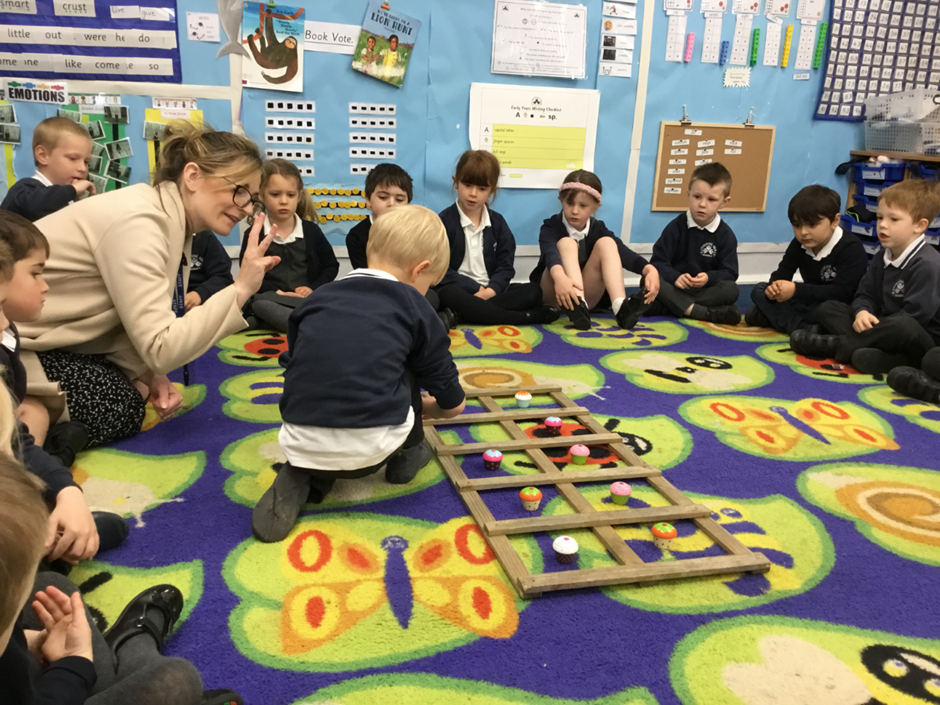
Impact
The impact of our mathematics curriculum will lead to outstanding progress over time across all key stages relative to each individual child’s starting point. It is designed to prepare children for their future in and outside of education so they can become successful in whatever they pursue by leaving our school at least at the expected standard for their age. So pupils understand the relevance and importance of what they are learning in relation to real world concepts. Our rich and broad mathematics curriculum aims to make the children enthusiastic about learning mathematics and gain an understanding of its importance in everyday life.
A mathematical concept or skill has been mastered when a child can show it in multiple ways, using the mathematical language to explain their ideas, and can independently apply the concept to new problems in unfamiliar situations.
- Children demonstrate quick recall of facts and procedures. This includes the recollection of the times tables.
- The flexibility and fluidity to move between different contexts and representations of mathematics.
- The ability to recognise relationships and make connections in mathematics.
- Children show confidence in believing that they will achieve.
- Children show a high level of pride in the presentation and understanding of the work
- Children are developing skills in being articulate and are able to reason verbally, pictorially and in written form.
- Children are developing the ability to make connections between mathematical topics.
- Our children are resilient and they make measurable progress against the National Curriculum objectives.
- Well-planned sequences of learning support pupils to develop and refine their maths skills.
- Children show a high level of pride in the presentation and understanding of the work.
- Children are able to independently apply their knowledge to a range of increasingly complex problems.
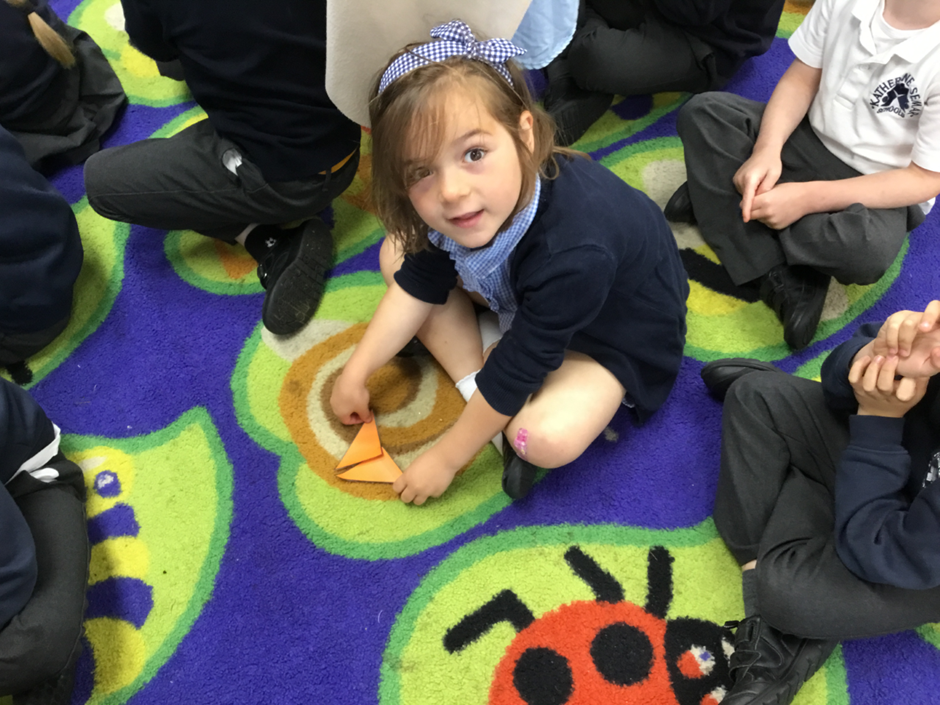
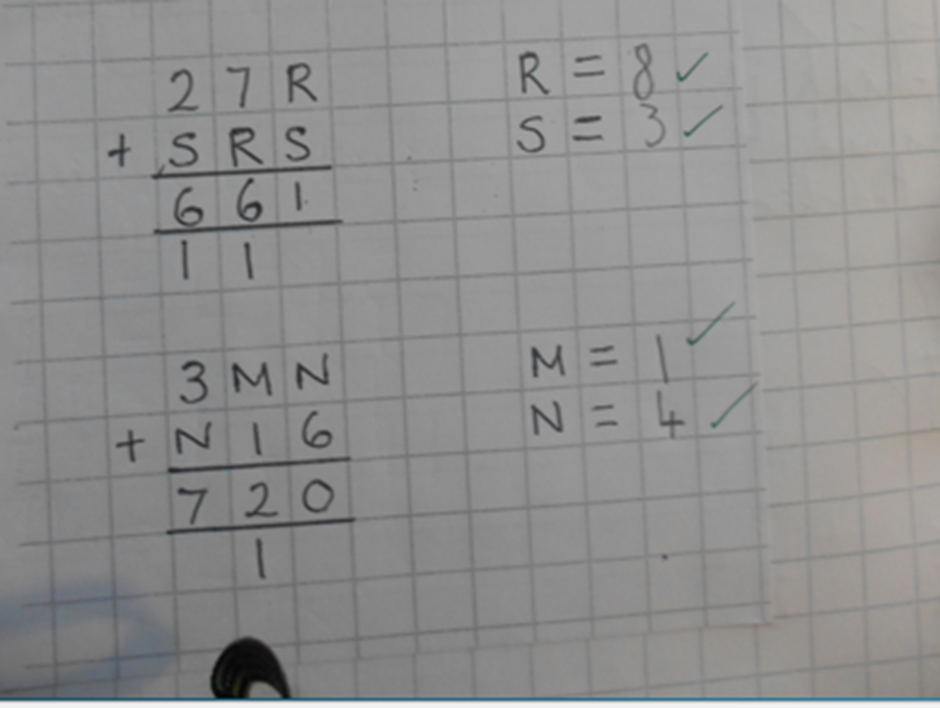
Calculation Policies
Our calculation policies (see documents below) have been created to reflect the methods we use to teach for Maths Mastery. We follow a CPA approach:
Concrete – the children establish their understanding of mathematics through carefully chosen concrete materials which they can use to help them to ‘see’ the maths as they progress through the curriculum. These materials are available at all stages of learning from EYFS right through to Year 6.
Pictoral – Children are encouraged to begin to illustrate maths using images that represent the mathematics. This can be used at any stage of their learning and helps to secure and deepen understanding of the processes which underpin the mathematical concepts.
Abstract – once children are secure with the use of concrete and pictorial approaches to their calculation, reasoning and problem solving, they move on to the abstract form of calculation. They are still able to use supporting materials or images if they want to but at this point they are able to show that their depth of fluency and understanding is more secure and they are able to work effectively with standard written methods.

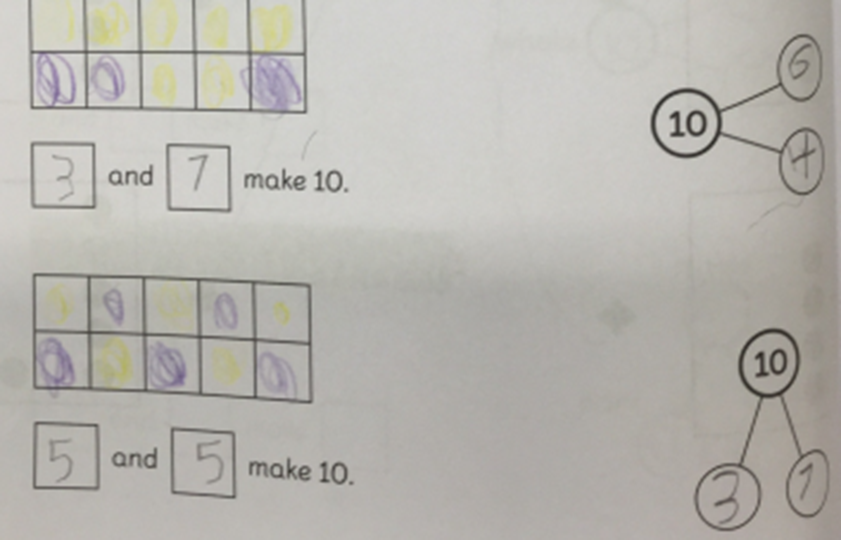
For information on our Times Tables system, please follow this link.
PARENT WORKSHOPS
All slides (including videos) and materials from our parent workshops can be found here-
